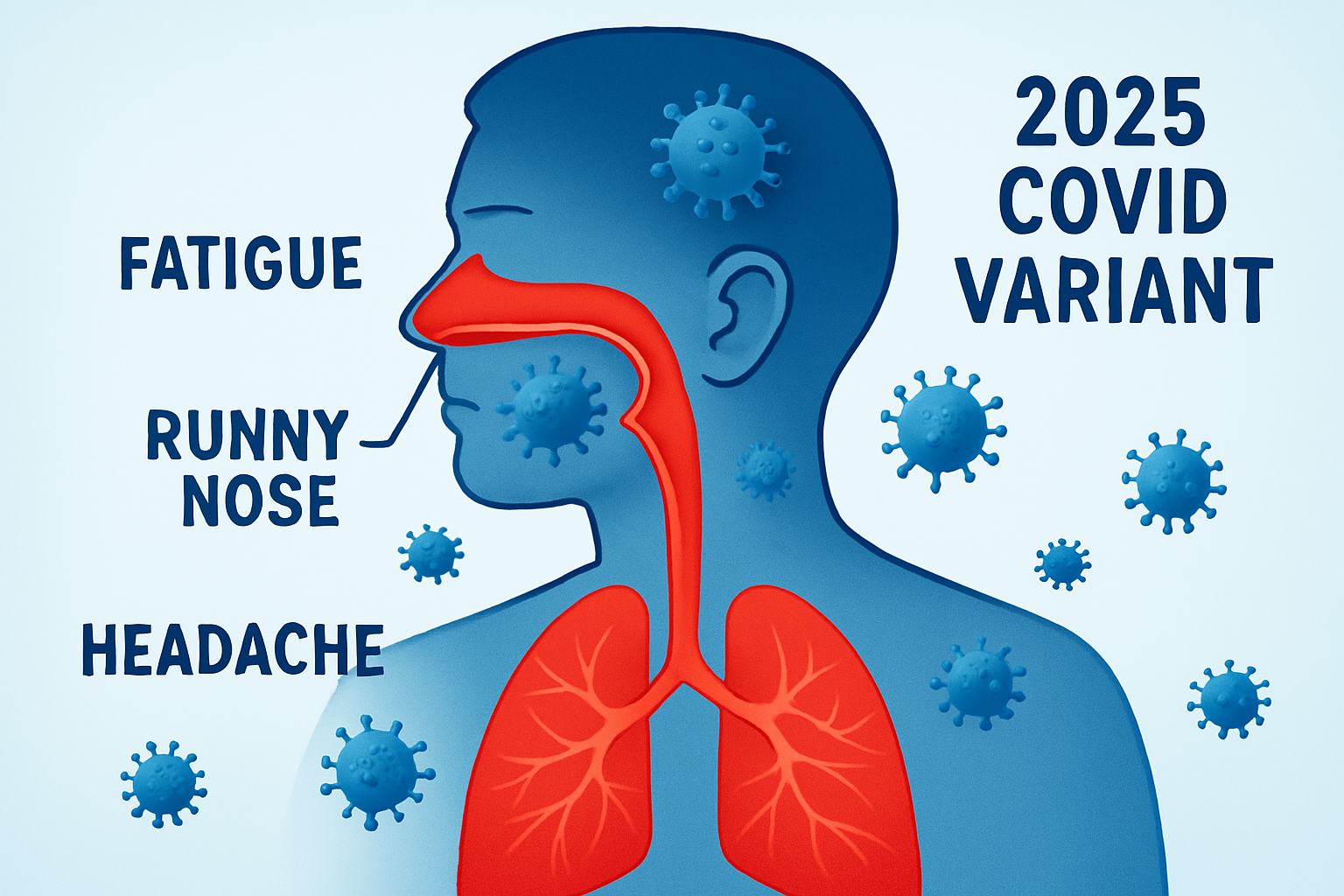A good night’s sleep is essential for mental clarity, emotional well-being, and physical health. If you’re struggling with falling asleep or staying asleep, follow these step-by-step instructions to improve your sleep consistently every night.
Step 1: Set a Consistent Sleep Schedule
Go to bed and wake up at the same time every day, even on weekends. This helps regulate your body’s internal clock (circadian rhythm), making it easier to fall asleep and wake up naturally.
- Choose a bedtime that allows for 7-9 hours of sleep.
- Stick to your schedule for at least 2 weeks to form a habit.
- Gradually adjust your sleeping times if needed—no more than 15 minutes per night.
Step 2: Create a Sleep-Friendly Environment
Make your bedroom a sanctuary for sleep with these simple adjustments:
- Keep the room cool, ideally between 60-67°F (15-19°C).
- Use blackout curtains to block light and eye masks if necessary.
- Invest in a comfortable mattress and supportive pillows.
- Eliminate noise with earplugs or use a white noise machine.
Step 3: Establish a Relaxing Bedtime Routine
Unwinding before bed signals your brain that it’s time to rest. Consider activities that relax your mind and body:
- Take a warm shower or bath.
- Read a book or listen to calming music.
- Practice deep breathing, meditation, or gentle yoga stretches.
Step 4: Limit Exposure to Screens and Blue Light
Blue light from phones, tablets, and computers can interfere with your body’s ability to produce melatonin—the sleep hormone.
- Avoid screens at least one hour before bedtime.
- Use blue light filters or “night mode” settings on devices during the evening.
Step 5: Watch Your Diet and Caffeine Intake
What you eat and drink significantly impacts your sleep:
- Avoid heavy meals, alcohol, and spicy foods close to bedtime.
- Limit caffeine consumption after 2 p.m.
- Drink water earlier in the evening to minimize nighttime bathroom trips.
Step 6: Get Regular Physical Activity
Exercise can help you fall asleep faster and enjoy deeper sleep:
- Aim for at least 30 minutes of moderate activity most days.
- Avoid vigorous exercise within 2-3 hours of bedtime as it may be too stimulating.
Step 7: Limit Naps During the Day
While short power naps can be beneficial, long or late naps can disrupt your nighttime sleep:
- Keep naps under 30 minutes.
- Avoid napping after 3 p.m.
Step 8: Use the Bed Only for Sleep
Train your brain to associate the bed with rest:
- Avoid working, eating, or watching TV in bed.
- If you’re unable to fall asleep within 20 minutes, leave the bed and do a quiet, relaxing activity until drowsy.
Step 9: Manage Stress and Anxiety
Overthinking and stress are common sleep disruptors. Try to unwind your mind with mindfulness and relaxation techniques:
- Write in a journal to clear your mind before bed.
- Practice gratitude and positive affirmations.
- Listen to guided meditations specifically designed for sleep.
Step 10: Consider Professional Help if Needed
If you’ve tried these steps consistently without improvement, it may be time to consult a healthcare provider or sleep specialist. Conditions like insomnia, sleep apnea, and restless leg syndrome require medical evaluation and treatment.
Conclusion
Implementing these step-by-step strategies can lead to better sleep quality, increased energy, and improved overall health. Remember, consistency is key. Start by applying a few changes at a time, and gradually build a personalized sleep routine that works best for you.




